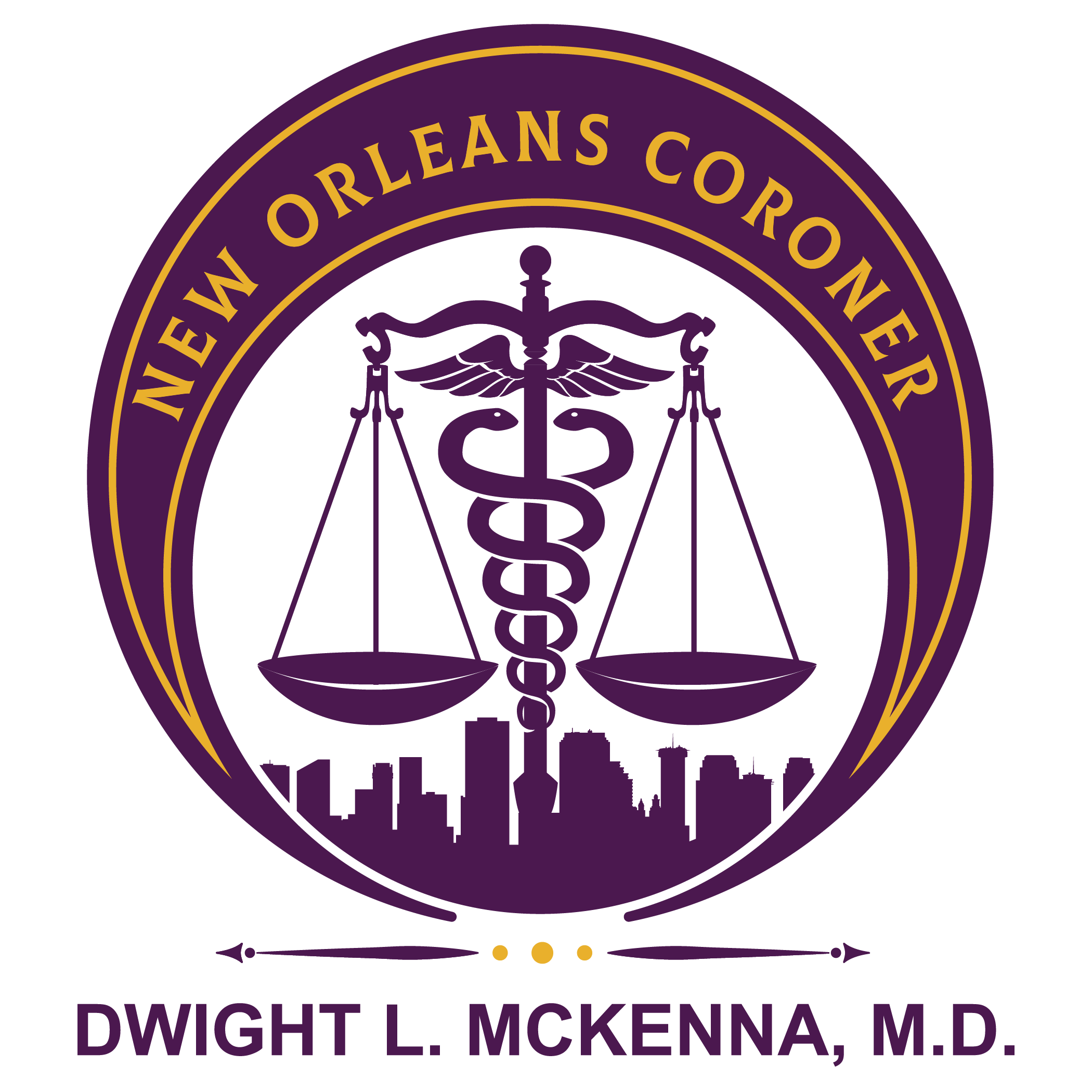NEW ORLEANS | March 27, 2017
- In New Orleans, accidental drug-related deaths in 2016 were more than double that of 2015.
- There were 211 drug-related deaths in 2016 as compared to 92 drug-related deaths in 2015.
- This is likely the first time that drug-related deaths have surpassed homicides in the history of New Orleans.
- Toxicological analysis in most drug-related deaths revealed the presence of multiple drugs.
- In 2016, opiates were discovered in 166 drug-related deaths, a doubling as compared to 81 in 2015.
- Within this group of accidental opiate-related deaths in New Orleans, there was a more than threefold increase in the frequency of fentanyl, a powerful synthetic opioid.
- In 2016, 48 persons died accidentally with fentanyl in their system, compared to 13 in 2015.
- Cocaine was present in 105 accidental drug-related deaths in 2016 as compared to 34 in 2015.
- Methamphetamines/amphetamines were present in 18 accidental drug-related deaths in 2016 as compared to 4 in 2015.
- No significant change was seen in gender distribution between the years, with males representing 80% of the drug-related deaths.
- While the absolute numbers of drug-related deaths in both African-Americans and Caucasians increased in 2016, a statistically significant increase was seen in the proportion of African Americans in 2016.
- African-Americans were 45% of drug-related deaths in 2016, as compared to 28% in 2015.
“New Orleans is in the midst of an accelerating public health crisis of drug-related deaths, driven chiefly but not exclusively by the ongoing national opiate epidemic. Medically, expanding access to all levels of addiction treatment is the solution, before persons end up in my office. Regarding criminal justice, I call upon leaders at all levels to support and expand drug diversion programs and drug courts that prioritize treatment rather than punishment for users. Finally, I call upon all those who seek to lead this city as our next mayor to heed these grim statistics and to articulate their plan to stem this growing tide of preventable deaths.”
